La exposición de la Galería David Zwirner incluye ejemplos clave de la corta pero prolífica carrera del artista, que incluyen películas, fotografías, esculturas y obras en papel que ilustran su complejo compromiso con la arquitectura y las muchas formas en que reconfiguró los espacios y materiales de su vida cotidiana.
Su vida y trabajo fueron tan intensos como fugaces, tan poco reconocidos inicialmente en los años 70 y 80, como tremendamente impactantes en el siglo XXI. Una exposición para visitar, el próximo y largo fin de semana.
Después de que Gordon Matta-Clark se graduó en la Escuela de Arquitectura de la Universidad de Cornell, se muda de regreso a la ciudad de Nueva York desde Ithaca. Su primer trabajo fue, Garbage Wall (1970), una unidad temporal e independiente construida con basura de las calles. El muro de basura surge de las observaciones y la respuesta de Matta-Clark al declive infraestructural de Nueva York y al crecimiento de la población sin hogar durante los años setenta. La obra, ejecutada tres veces durante su vida, además de iteraciones póstumas, es representativa de los compromisos superpuestos del artista con el arte, la arquitectura, el activismo y el compromiso cívico que se adelantaron mucho a su tiempo.
Una figura central de la escena artística de Nueva York en la década de 1970, y utilizando su formación arquitectónica, Matta-Clark fue pionero en un enfoque radical de la creación artística que involucraba directamente el entorno urbano y sus comunidades. Matta-Clark se propuso abordar las necesidades de las comunidades y, a través de un proceso sistemático de desmantelamiento, sugirió alternativas al entorno construido.
A través de sus muchos proyectos, Matta-Clark se involucró con la arquitectura como un medio escultórico, incluyendo intervenciones arquitectónicas a gran escala, creando nuevas estructuras a partir de edificios que fueron descuidados o programados para la demolición, Matta-Clark desarrolló una obra singular y prodigiosa que examinó críticamente las estructuras del entorno construido.
Como señala Roberta Smith, Matta-Clark "utilizó sus habilidades para remodelar y transformar la arquitectura en un arte de explicación estructural y revelación espacial". (1)
Su actividad a principios de la década de 1970 incluyó algunos de sus primeros cortes arquitectónicos, entre ellos Claraboya (Skylight) (1971). Este proceso de sustracción permite introducir el mundo exterior en edificios y espacios interiores, convirtiéndose en uno de los principales métodos de trabajo del artista, paso previo de importantes proyectos futuros como Bronx Floors (1972/1973), Splitting (1974), Bingo (1974). , Day's End (1975), Conical Intersect (1975), Office Baroque (1977), y Circus (1978).
Las películas y las fotografías se encuentran entre los únicos registros sobrevivientes de los proyectos efímeros de Matta-Clark; fueron utilizados por el artista no solo como documentación, sino también como un medio esencial para explorar algunas de las ideas principales que sustentan su práctica. A la vista se verá una selección de las películas remasterizadas por Matta-Clark que documentan algunas de sus obras seminales, incluida Splitting, en la que realizó una división vertical a través de una casa suburbana programada para demolición en Englewood, Nueva Jersey.
En 1973, Matta-Clark fue testigo de una creciente cultura de graffiti en Nueva York; animado por el cambiante entorno urbano y la proliferación de arte callejero, comenzó a fotografiar etiquetas en toda la ciudad, coloreando de forma selectiva algunas de las impresiones resultantes para resaltar la vitalidad del graffiti. Matta-Clark continuó experimentando con el color en sus fotografías más tarde hacia el final de su carrera, realizando impresiones en Cibachrome en formato srge, y luego un proceso relativamente nuevo hecho de transparencias en color, que él prefería por sus tonos profundamente saturados. Cortar y juntar diapositivas de 35 milímetros, que luego amplió, le dio al artista la oportunidad de expresar con mayor detalle nociones de escala y perspectiva y describir la vertiginosa inestabilidad que a menudo resultaba de sus cortes arquitectónicos.
Al igual que con sus fotografías, Matta-Clark utilizó el papel como material para dibujar y como superficie para cortar. Sus enérgicos dibujos de árboles y flechas, algunos de los cuales estarán a la vista, ilustran su interés en imaginar alternativas naturales al paisaje urbano y se relacionan con su interés más amplio en crear "ciudades que respiran" en las copas de los árboles y también en el subsuelo.
(1) Roberta Smith, "De vuelta en el Bronx: Gordon Matta-Clark, Rogue Sculptor", The New York Times (11 de enero de 2018), consultada en línea.
---
David Zwirner Gallery exhibiton includes key examples from the artist’s short but prolific career, including films, photographs, sculptures, and works on paper that illustrate his complex engagement with architecture and the many ways in which he reconfigured the spaces and materials of his everyday life.
His life and work was as intense as fleeting, so little recognized initially in the 1970s and 1980s, as tremendously shocking in the 21st century. An exhibition to visit, during next long weekend.
After Gordon Matta-Clark received his degree from Cornell University’s School of Architecture, moves back to New York City from Ithaca. His first work was, Garbage Wall (1970), a temporary, stand- alone unit constructed with trash sourced from the streets. The Garbage Wall emerges out of Matta-Clark’s observations of, and response to, New York’s infrastructural decline and growing homeless population during the Seventies. The work - executed three times during his lifetime, in addition to posthumous iterations - is representative of the artist’s overlapping commitments to art, architecture, activism, and civic engagement that was very much ahead of his time.
A central figure of New York art scene in the 1970s, and using his architectural training Matta-Clark pioneered a radical approach to art making that directly engaged the urban environment and its communities. Matta-Clark set out to address the needs of communities, and through a systematic process of dismantling, suggest alternatives to the built environment.
Through his many projects, Matta-Clark engaged with architecture as a sculptural medium - including large-scale architectural interventions, creating new structures from buildings that were neglected or slated for demolition, Matta-Clark developed a singular and prodigious oeuvre that critically examined the structures of the built environment.
As Roberta Smith notes, Matta-Clark ‘used his skills to reshape and transform architecture into an art of structural explication and spatial revelation.’(1)
His activity in the early 1970s included some of his first architectural cuts, among them Claraboya (Skylight) (1971). This process of subtraction allows introduce the outside world in to buildings and inner spaces, becoming one of the artist’s primary working methods, previous step of significant future projects such as Bronx Floors (1972/1973), Splitting (1974), Bingo (1974), Day’s End (1975), Conical Intersect (1975), Office Baroque (1977), and Circus (1978).
Films and photographs are among the only surviving records of Matta-Clark’s ephemeral projects; they were used by the artist not only for documentation, but also as an essential means to explore some of the major ideas underpinning his practice. On view will be a selection of newly remastered films by Matta-Clark documenting some of his seminal works, including Splitting, in which he made a vertical slice through a suburban home slated for demolition in Englewood, New Jersey.
In 1973, Matta-Clark witnessed a growing graffiti culture in New York; enlivened by the changing urban environment and the proliferation of street art, he began photographing tags throughout the city, selectively hand-colouring some of the resulting prints to bring out the vibrancy of the graffiti. Matta-Clark continued to experiment with colour in his photographs later toward the end of his career, making la srge-format Cibachrome prints, then a relatively new process made from colour transparencies, which he favoured for its deeply saturated hues. Cutting up and collaging 35-millimetre slides, which he then enlarged, gave the artist the opportunity to express in more detail notions of scale and perspective and to describe the vertiginous instability that often resulted from his architectural cuts.
As with his photographs, Matta-Clark used paper as both a material for drawing and a surface for cutting. His energetic drawings of trees and arrows, some of which will be on view, illustrate his interest in imagining natural alternatives to the urban landscape and relate to his broader interest in creating ‘breathing cities’ in treetops as well as below ground.
(1) Roberta Smith, ‘Back in the Bronx: Gordon Matta-Clark, Rogue Sculptor’, The New York Times (11 January 2018), accessed online.
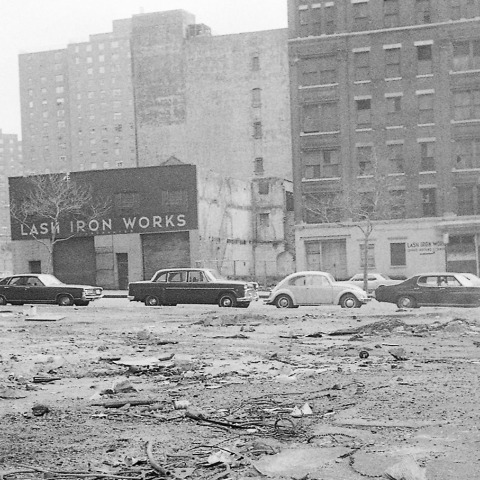
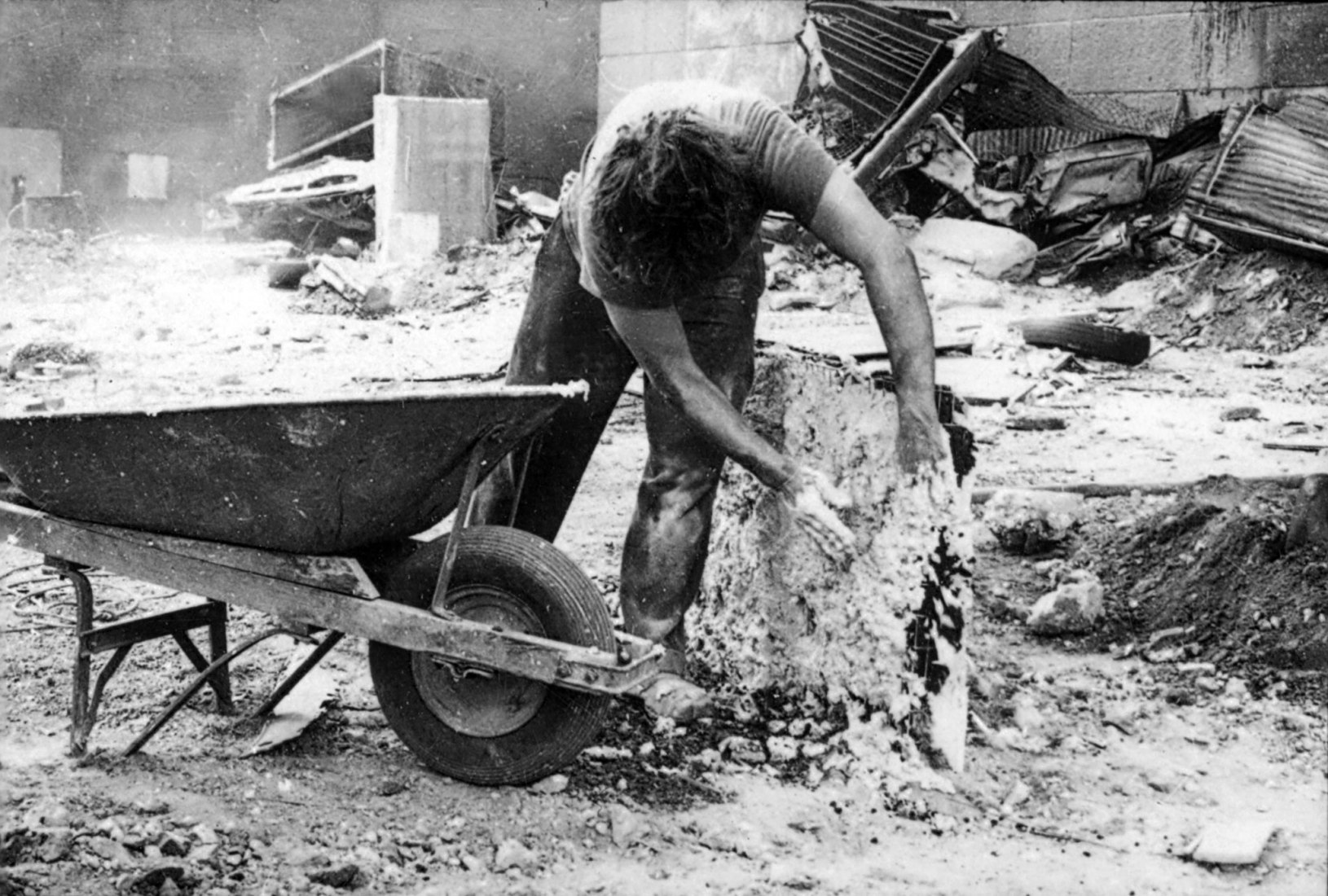
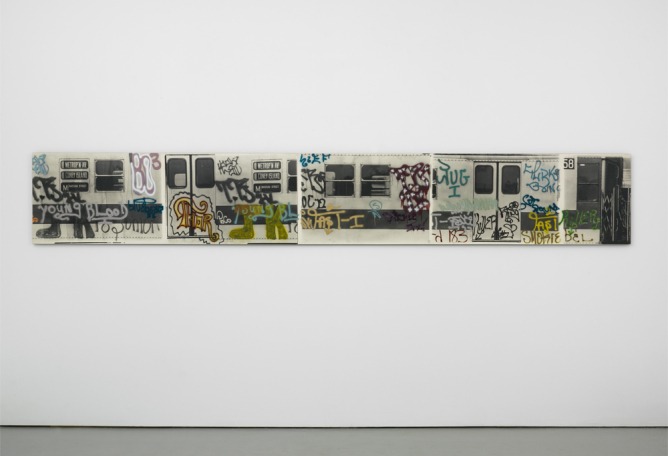
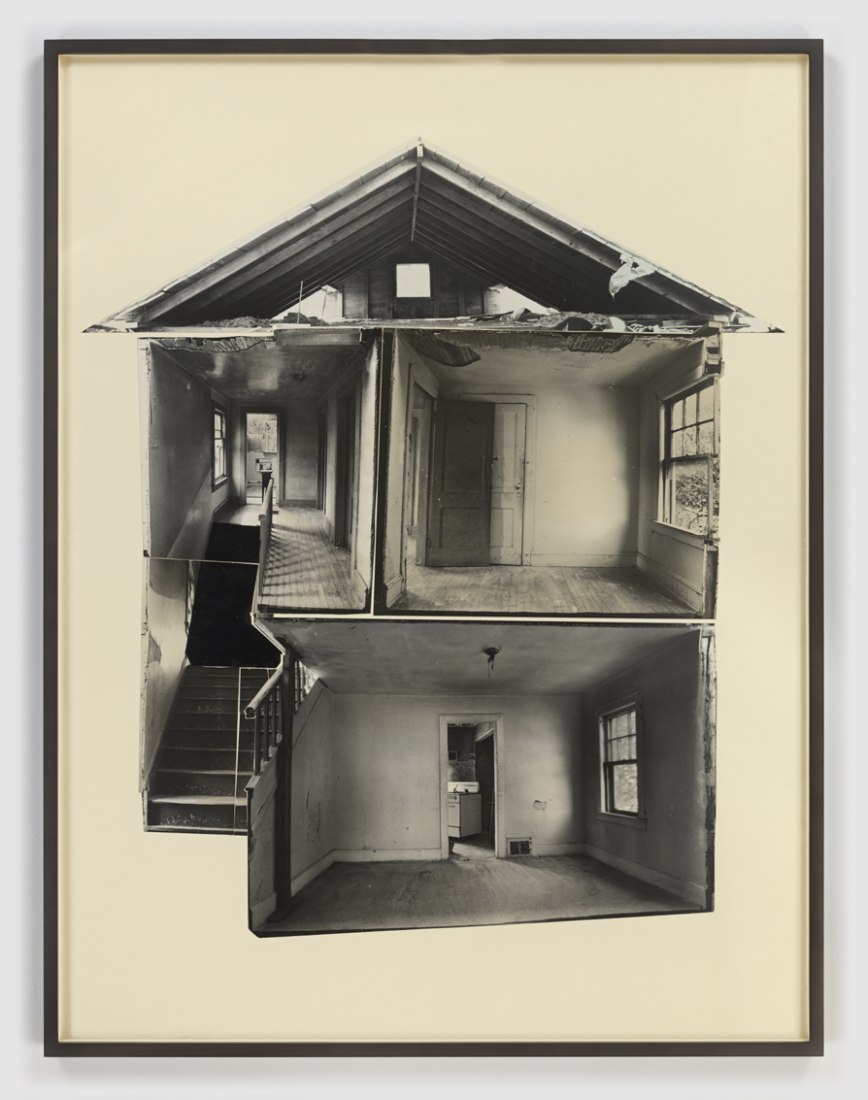
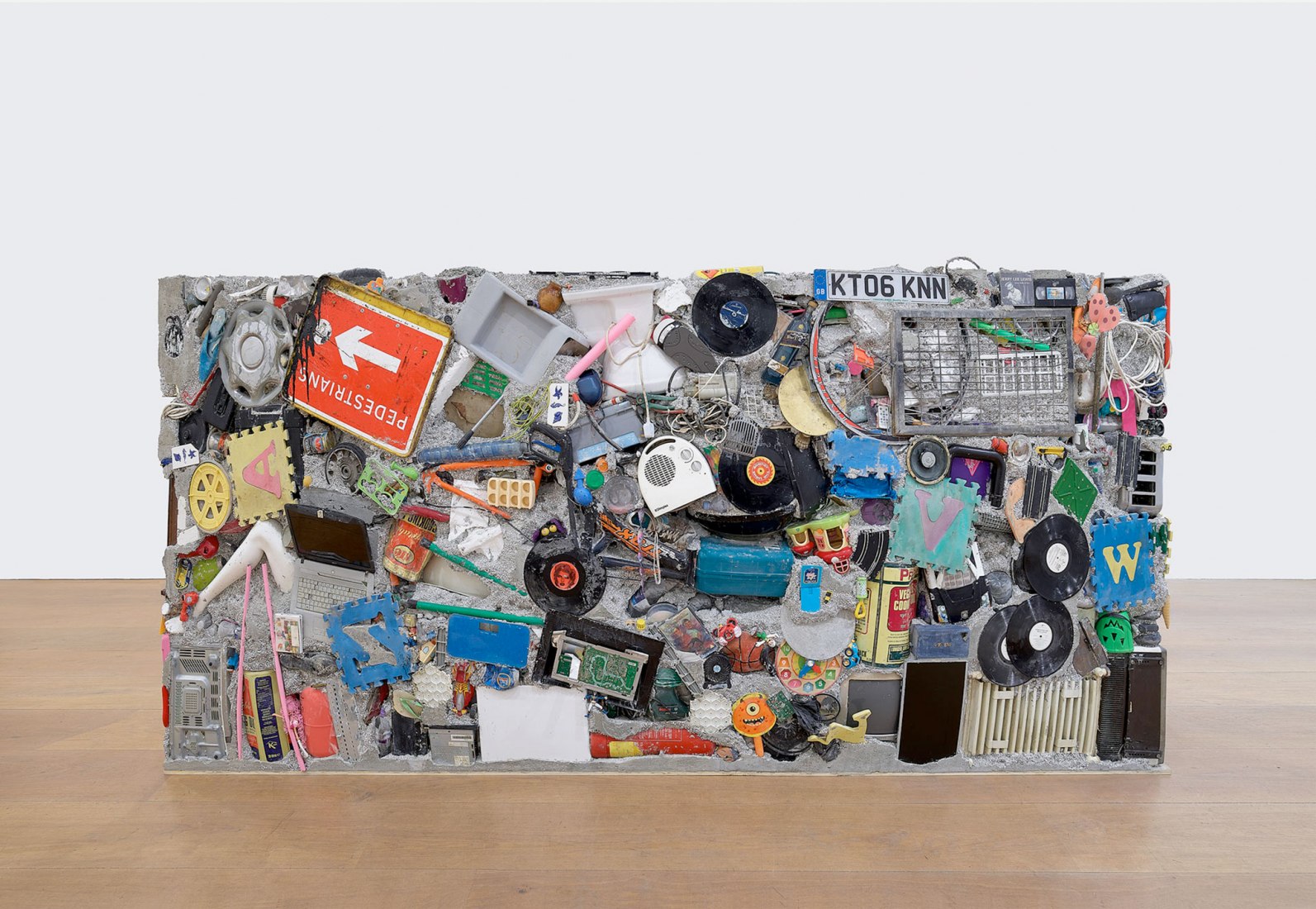
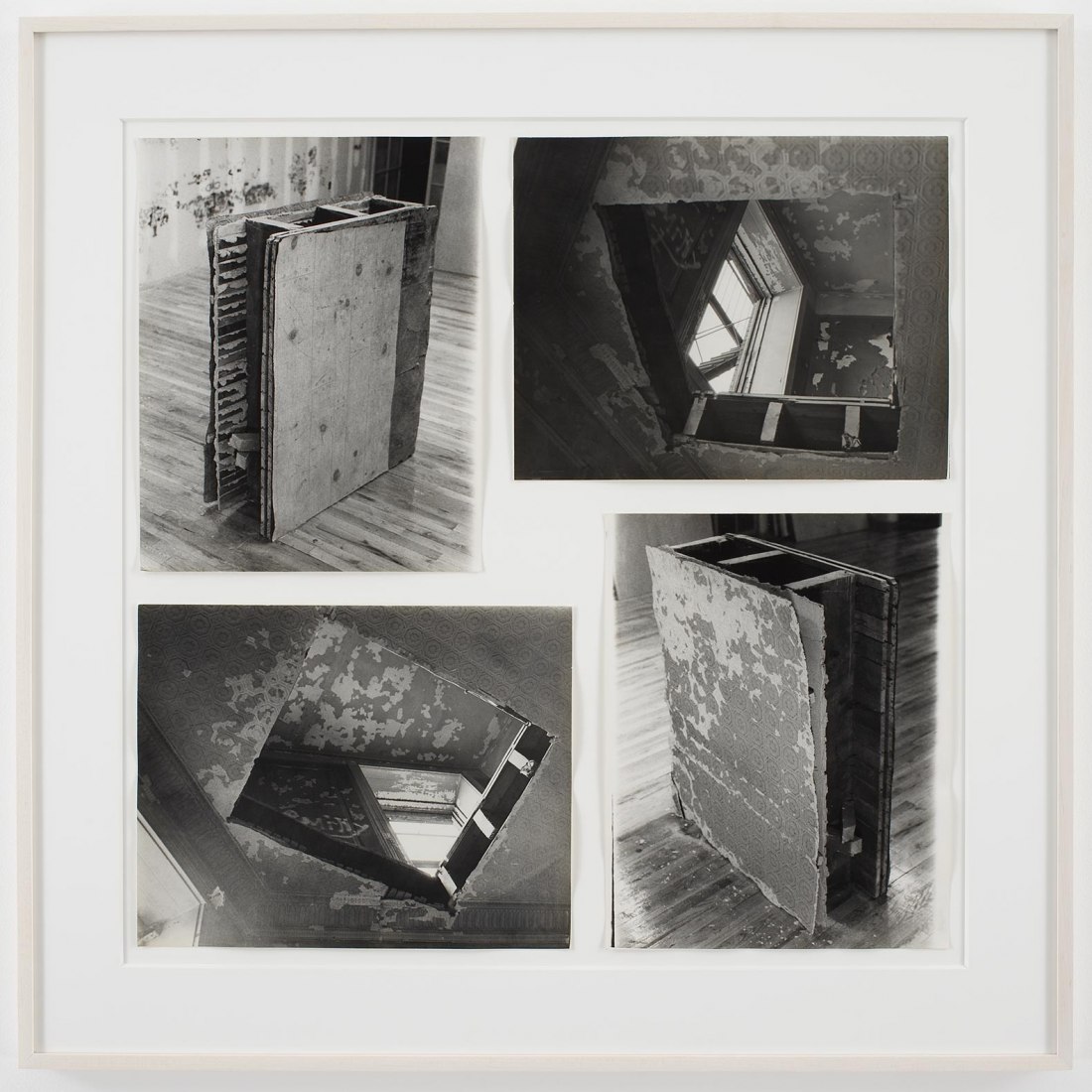
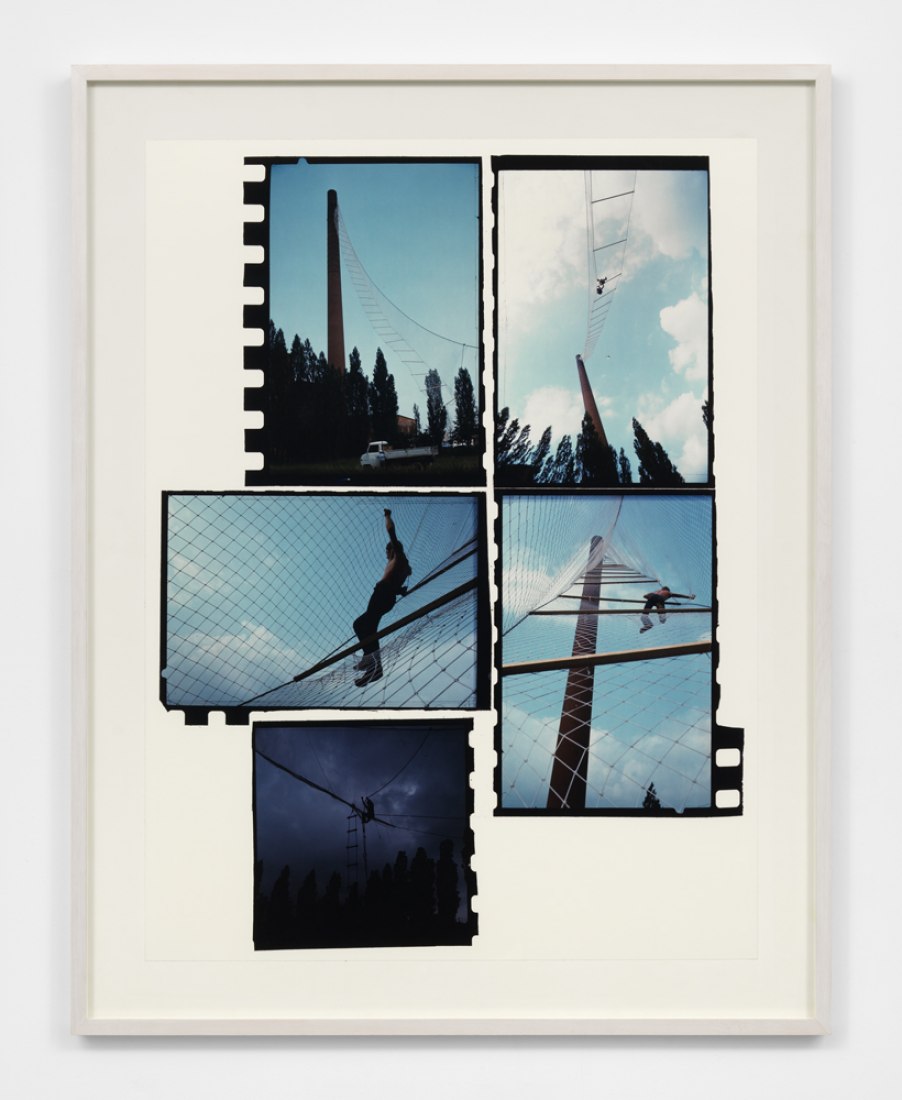
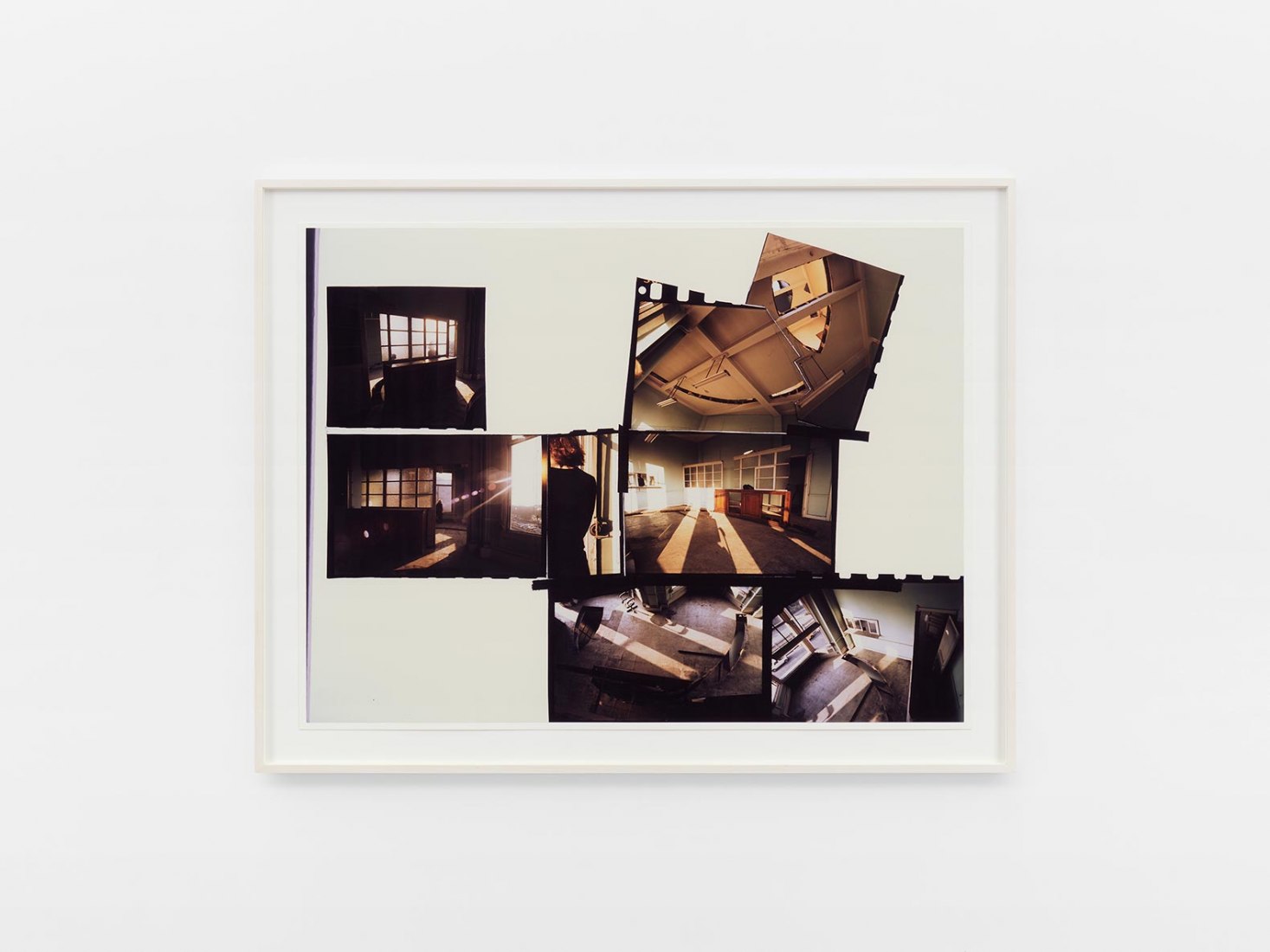
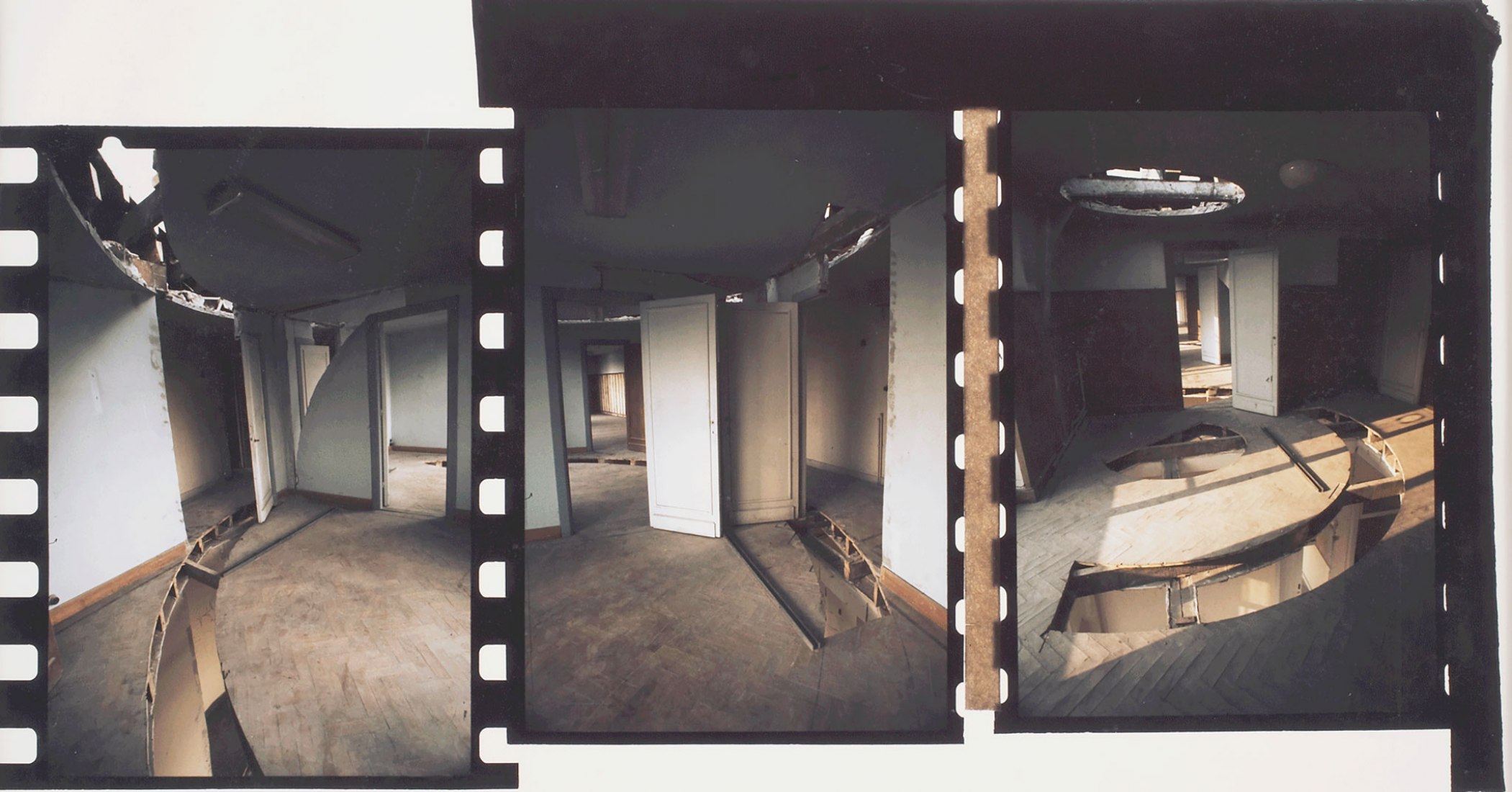
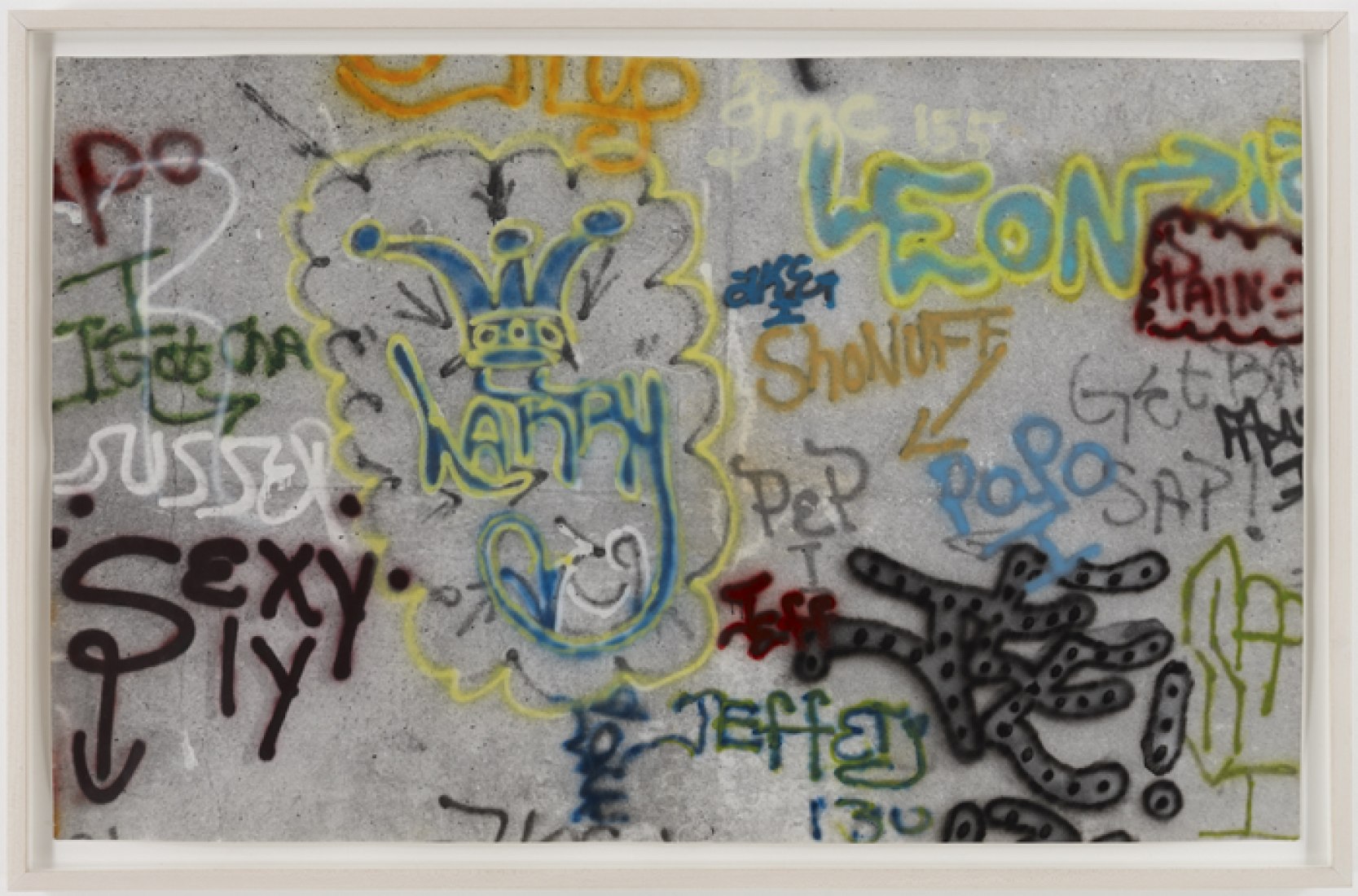
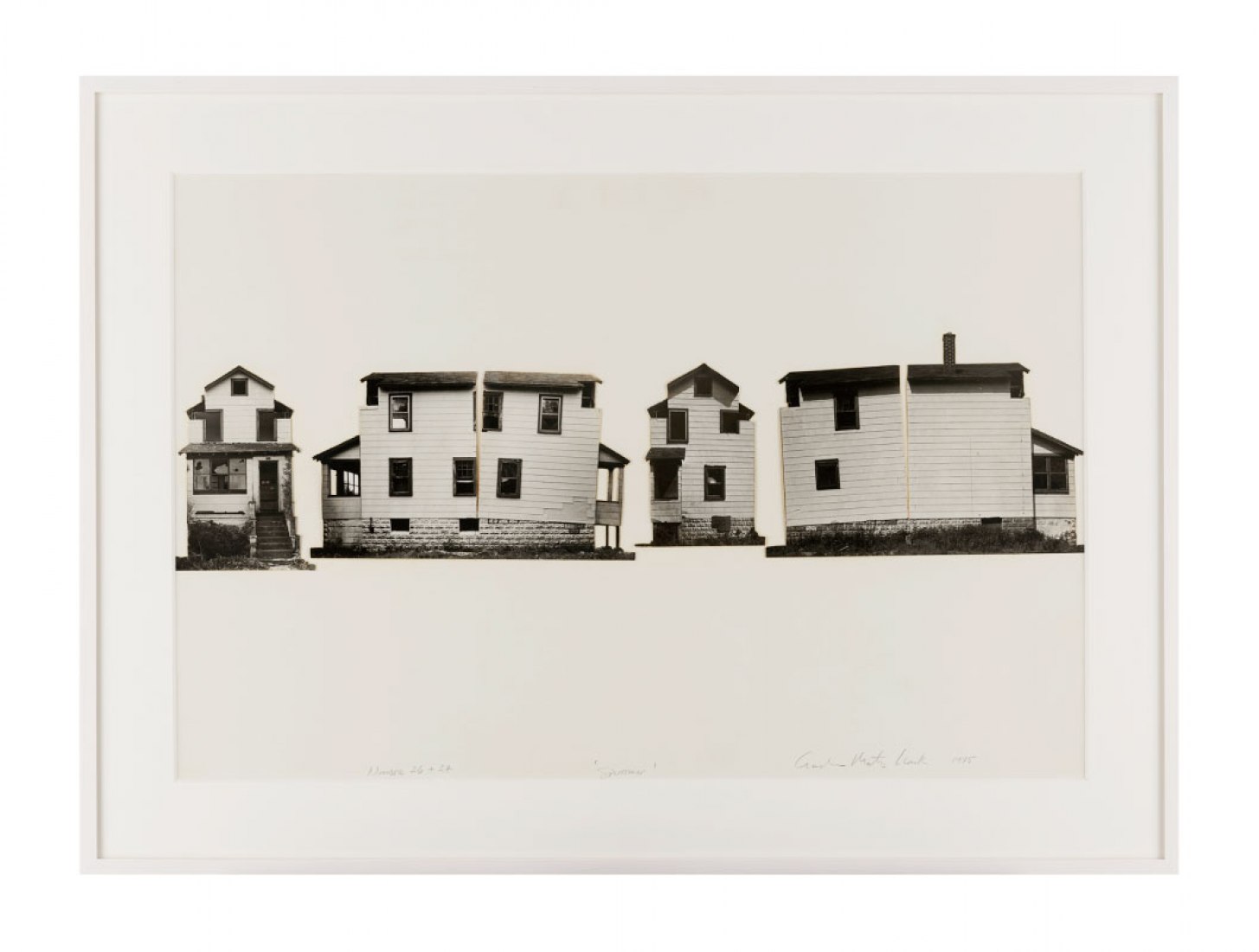
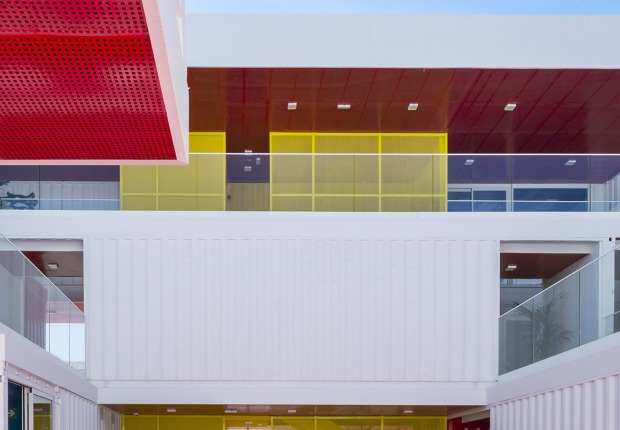
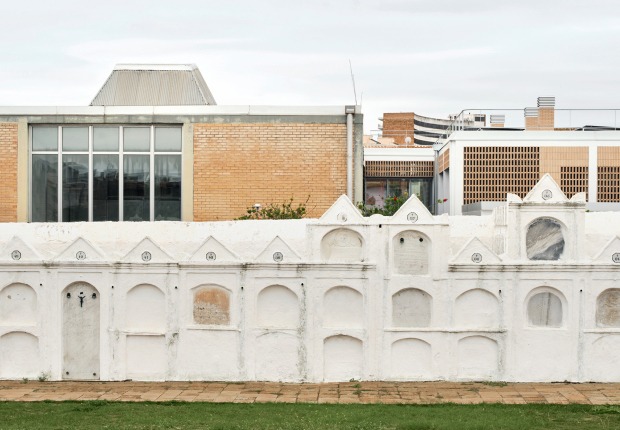
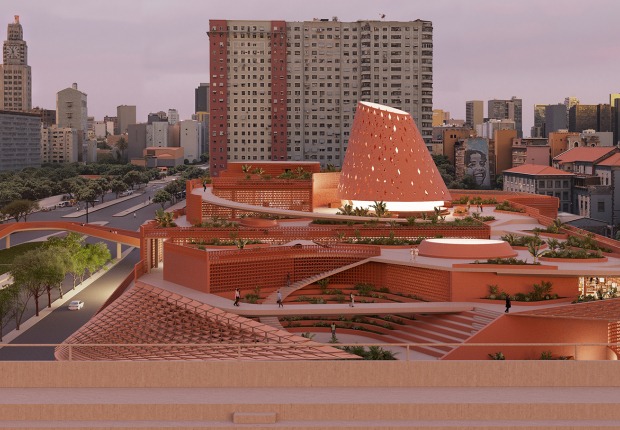

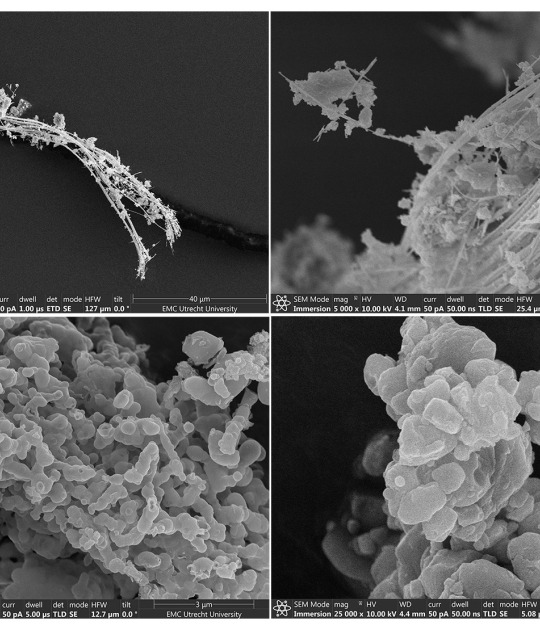



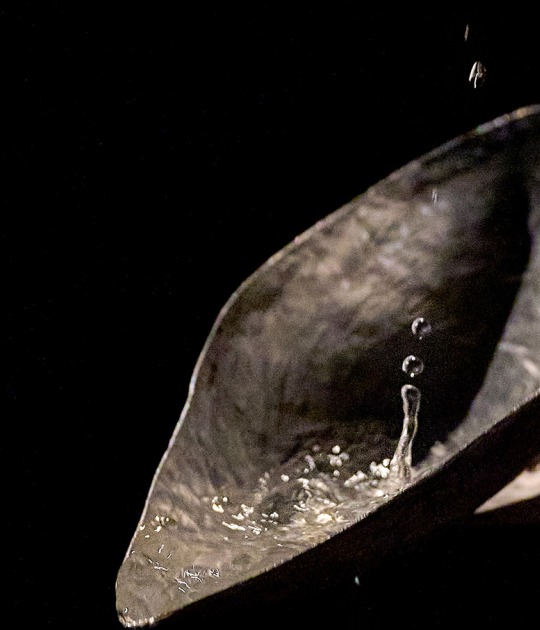

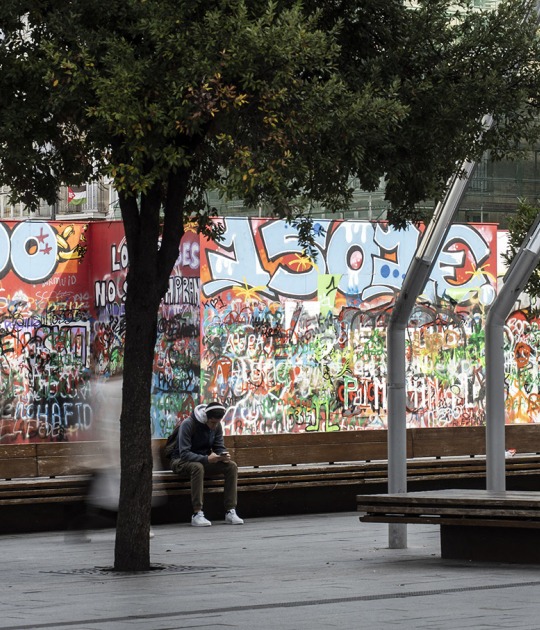
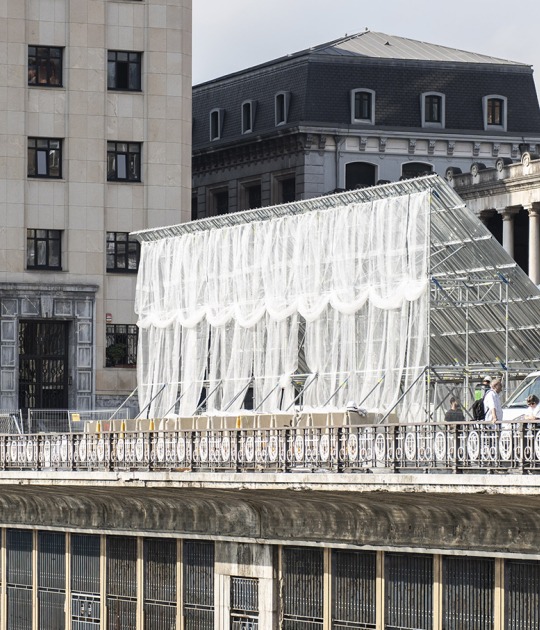
![Matta-Clark, Gordon Office Baroque, 4th Floor [Documentació de l'acció "Office Baroque" realitzada el 1977 a Anvers, Bèlgica] 1977 Fotografia a les sals de plata 25,3 x 20,3 cm Col·lecció MACBA. Fundació Museu d'Art Contemporani de Barcelona. Dipòsit Col·lecció LATA Matta-Clark, Gordon Office Baroque, 4th Floor [Documentació de l'acció "Office Baroque" realitzada el 1977 a Anvers, Bèlgica] 1977 Fotografia a les sals de plata 25,3 x 20,3 cm Col·lecció MACBA. Fundació Museu d'Art Contemporani de Barcelona. Dipòsit Col·lecció LATA](/sites/default/files/styles/mopis_home_news_category_slider_desktop/public/lead-images/ml4147_mg_8986.jpg?h=8b2a012f&itok=v0X8-j5Z)

![Gordon Matta-Clark Office Baroque [Documentation of "Office Baroque" 1977 in Anvers, Belgium] Col·lecció MACBA. Fundació MACBA. Col·lecció LATA © Estate of Gordon Matta Clark, VEGAP, Barcelona, 2012. Photography: Vanessa Miralles Gordon Matta-Clark Office Baroque [Documentation of "Office Baroque" 1977 in Anvers, Belgium] Col·lecció MACBA. Fundació MACBA. Col·lecció LATA © Estate of Gordon Matta Clark, VEGAP, Barcelona, 2012. Photography: Vanessa Miralles](/sites/default/files/styles/mopis_home_news_category_slider_desktop/public/lead-images/ml_mattaclark_01_1024_p.jpg?h=3b4e7bc7&itok=VLk9w6-z)





